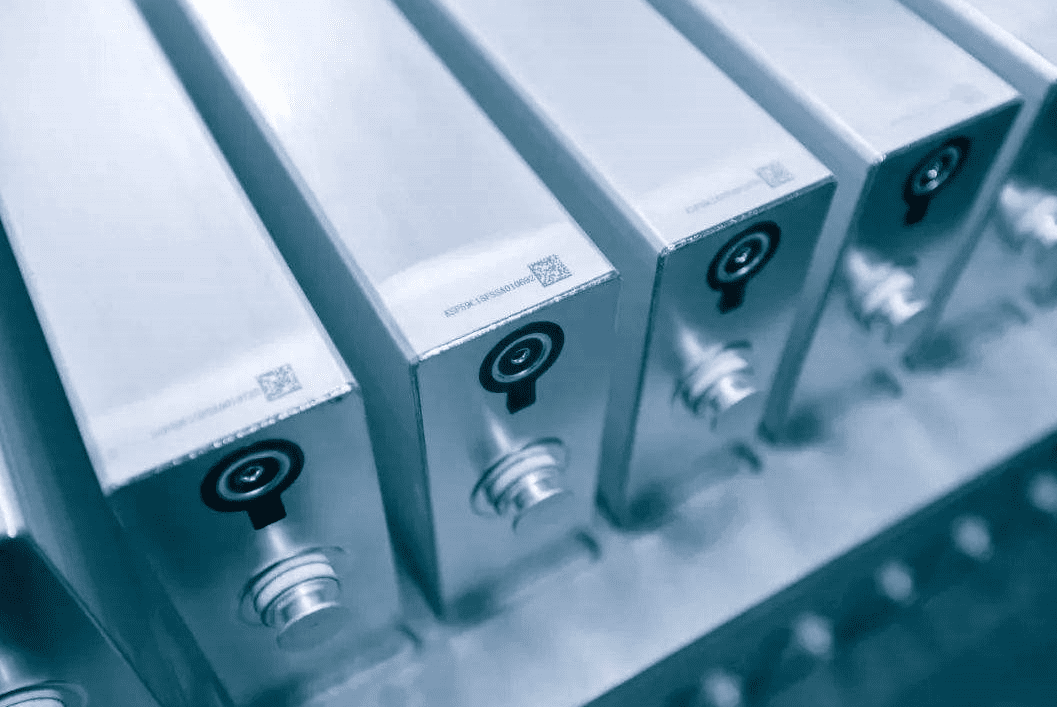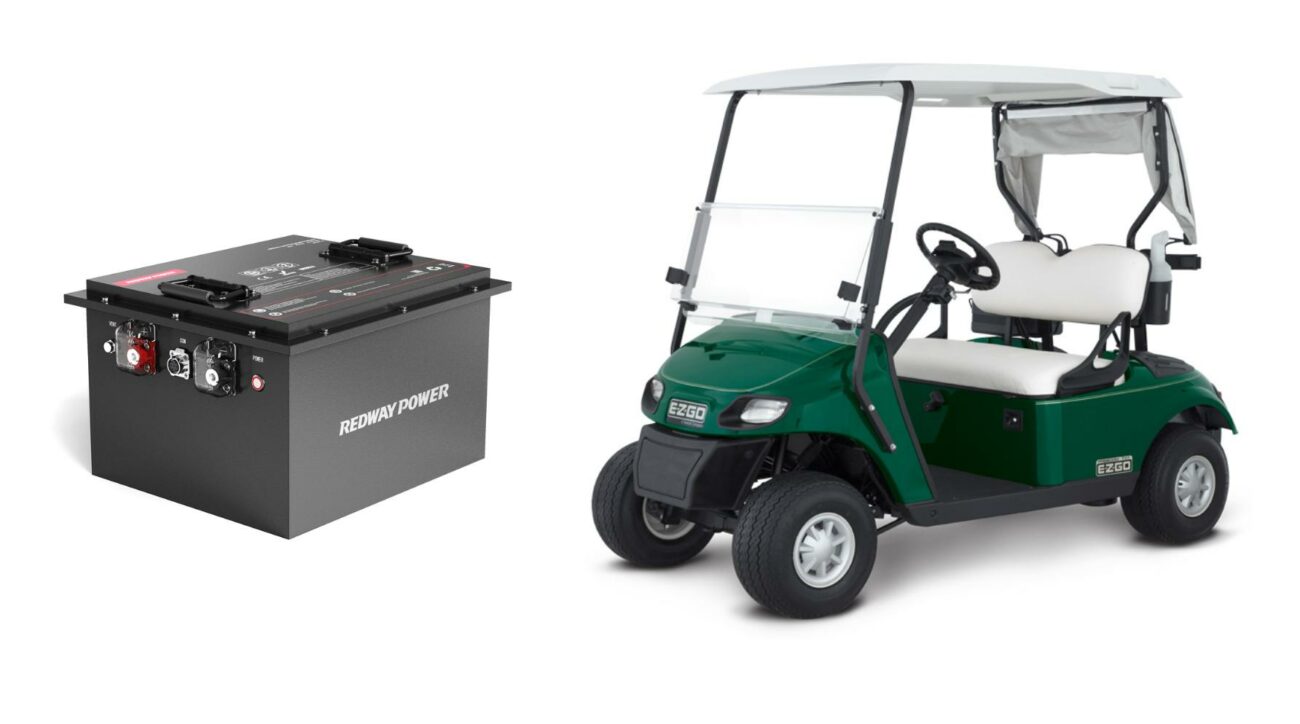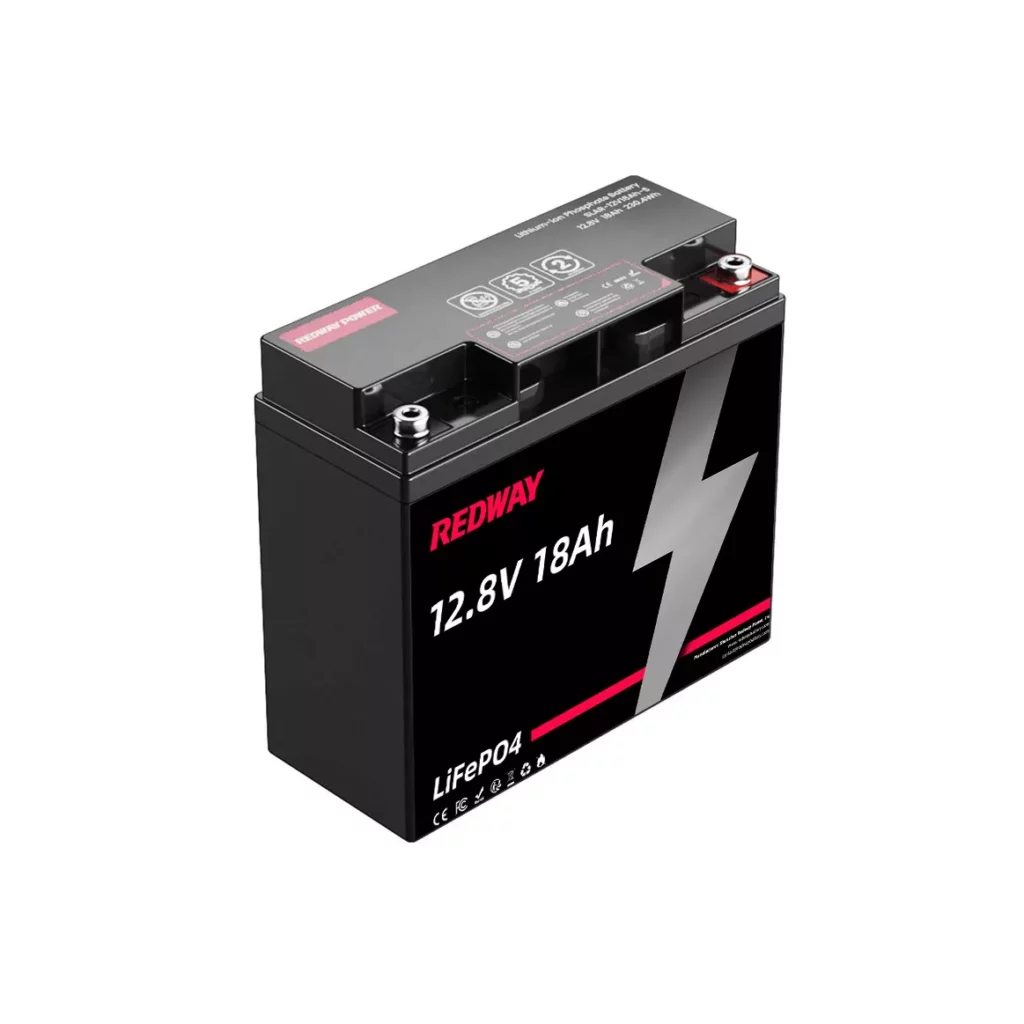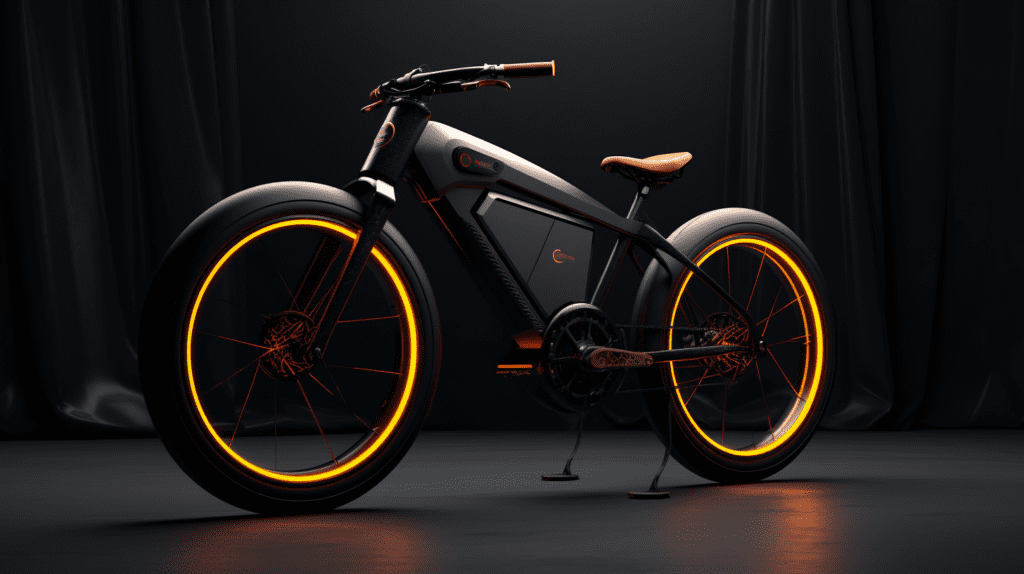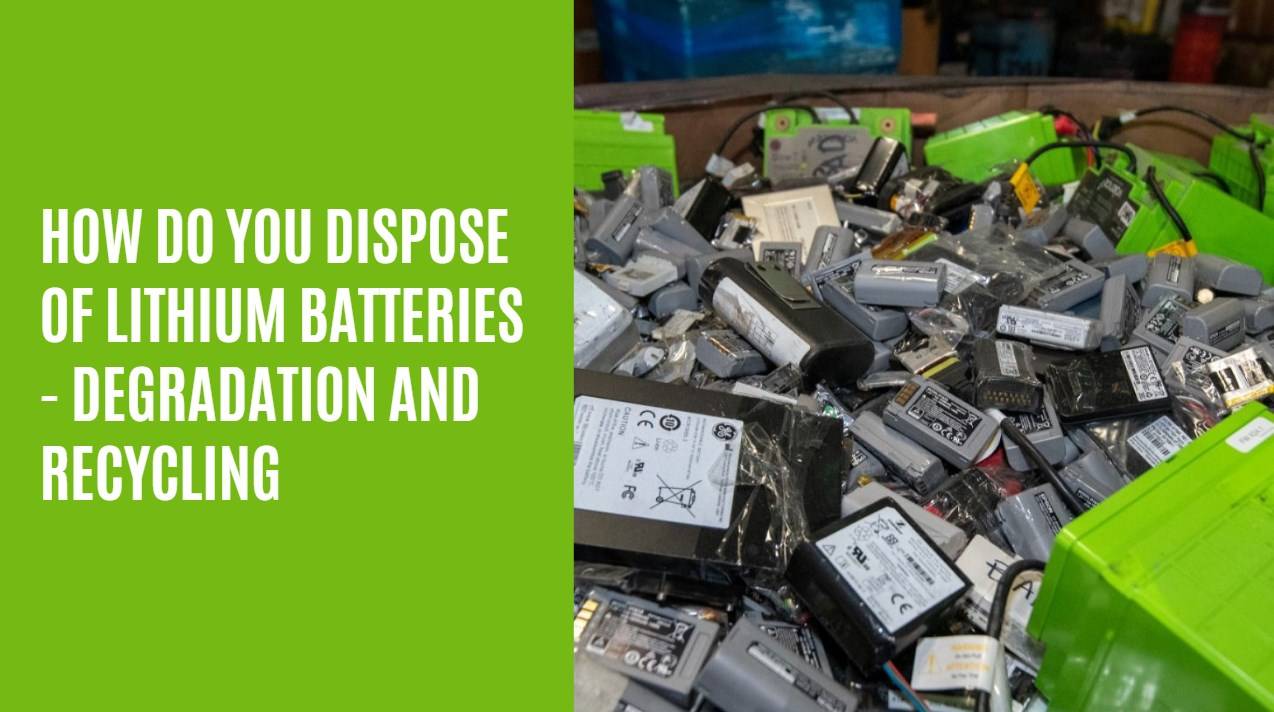Square lithium batteries, also known as prismatic batteries, feature a rectangular shape that allows for efficient space utilization in various applications, particularly in electric vehicles and energy storage systems. Their design offers several advantages, including high energy density and reliability, but they also come with specific drawbacks such as manufacturing complexity.
What is the structure of square lithium batteries?
Square lithium batteries consist of several key components:
- Top Cover: Protects internal components.
- Case: Typically made from aluminum or steel for durability.
- Positive Plate: Contains active material that facilitates energy storage.
- Negative Plate: Complements the positive plate in charge and discharge cycles.
- Separator: Prevents direct contact between plates while allowing ion flow.
- Insulating Parts: Ensure safe operation by preventing short circuits.
- Safety Components: Include devices like overcharge protection and thermal management systems.
The structural design allows for a compact arrangement of cells, enhancing energy density compared to cylindrical counterparts.
What are the advantages of square lithium batteries?
Square lithium batteries offer several benefits:
- High Energy Density: Their design permits a larger cell capacity, which translates to more energy storage in a smaller footprint.
- Reliability: The packaging is robust, reducing risks associated with physical damage.
- Simplified Expansion: Their modular nature allows for easier scaling in applications requiring increased power.
- Cost Efficiency in Production: The simpler manufacturing process can lead to lower costs when produced at scale.
Chart: Advantages of Square Lithium Batteries
| Advantage | Description |
|---|---|
| High Energy Density | More energy storage per unit volume |
| Reliability | Robust packaging reduces damage risk |
| Simplified Expansion | Modular design allows easy scaling |
| Cost Efficiency | Lower production costs at scale |
What are the disadvantages of square lithium batteries?
Despite their advantages, square lithium batteries have notable drawbacks:
- Manufacturing Complexity: The variety of models complicates standardization and automation in production.
- Performance Variability: Differences among individual cells can lead to inconsistent performance in large packs.
- Life Span Issues: The overall lifespan of battery packs may be lower than individual cells due to manufacturing inconsistencies.
How do square lithium batteries compare to cylindrical and soft pack batteries?
When comparing battery types:
- Cylindrical Batteries: These have a mature manufacturing process with high standardization but lower energy density due to their shape.
- Soft Pack Batteries: Offer flexibility in design and higher energy density but require sophisticated thermal management.
Chart: Comparison of Battery Types
| Feature | Square Lithium | Cylindrical Lithium | Soft Pack Lithium |
|---|---|---|---|
| Energy Density | High | Moderate | Highest |
| Manufacturing Complexity | High | Low | Moderate |
| Flexibility | Moderate | Low | High |
Why are square lithium batteries gaining popularity in various applications?
The increasing demand for electric vehicles (EVs) and renewable energy storage solutions has driven interest in square lithium batteries. Their high energy density and reliability make them suitable for applications where space and weight are critical factors.
What are the safety features of square lithium batteries?
Safety is paramount in battery design:
- Overcharge Protection Devices (OSD) prevent damage from excessive charging by triggering an internal short circuit that safely disconnects the battery.
- Acupuncture Safety Devices (NSD) mitigate risks from punctures by distributing heat generated during a fault condition.
How does the manufacturing process affect square lithium battery performance?
The manufacturing process significantly influences performance consistency. Variability in materials or assembly can lead to differences in cell behavior, affecting overall battery life and reliability. Automation levels also impact quality control; higher automation typically results in better consistency.
What is the future outlook for square lithium battery technology?
As technology advances, innovations such as improved materials and enhanced thermal management systems are expected to enhance the performance and safety of square lithium batteries. Research into solid-state solutions may further revolutionize their application.
Latest News
Recent developments indicate a surge in investment towards improving square lithium battery technology, particularly within electric vehicle sectors. Companies are focusing on enhancing energy density while reducing costs through advanced manufacturing techniques. The push for sustainable energy solutions continues to drive research into more efficient battery designs.
Editor Comment
“The evolution of square lithium battery technology reflects broader trends towards sustainability and efficiency in energy storage. As manufacturers strive for higher performance standards while addressing safety concerns, we can expect significant advancements that will shape future applications across various industries.”
FAQ
What are square lithium batteries?
Square lithium batteries are prismatic cells designed for high energy density applications, characterized by their rectangular shape that optimizes space utilization.What makes square lithium batteries safer than other types?
They incorporate advanced safety features like overcharge protection and puncture resistance mechanisms that help prevent thermal runaway incidents.Why choose square over cylindrical or soft pack?
Square batteries offer a balance between energy density and production efficiency, making them ideal for applications where space is limited but performance is crucial.


